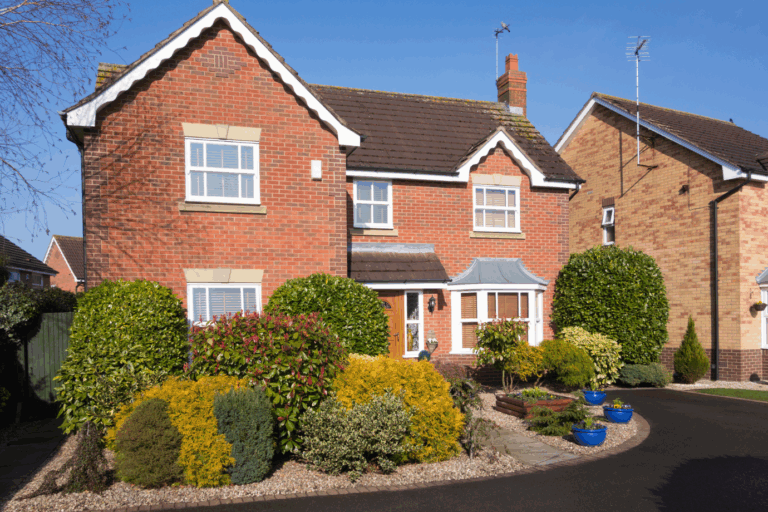Dealing with the loss of a loved one is never easy, and the legal steps that follow can feel overwhelming. One term you might come across during this period is probate valuation. Understanding what it entails can help make the process smoother.
In this guide, we’ll break down probate valuation, covering its purpose, the steps involved, and other key aspects.
What is probate valuation?
Probate valuation is the process of assessing the total value of a deceased person’s estate at the time of their death. This includes everything they owned – property, possessions, savings, and investments and it’s a key part of making sure everything is handled properly, both legally and financially:
- Inheritance Tax assessment: In the UK, if the total value of the estate exceeds a certain threshold, known as the nil-rate band, Inheritance Tax (IHT) may be due. As of the 2024/2025 tax year, this threshold is £325,000. If the estate’s value is above this, the excess is taxed at 40%. Additionally, there’s a residence nil-rate band of £175,000 for those passing on their main home to direct descendants. This means some estates can have a combined threshold of up to £500,000 before IHT applies.
- Distributing assets: An accurate valuation ensures that the deceased’s assets are distributed fairly among beneficiaries, as specified in the will or according to intestacy laws if there’s no will.
Related: I’ve inherited a house – what comes next?
Understanding property valuation for probate
When it comes to probate, property is often the most valuable part of the estate. That’s why getting an accurate house valuation is so important.
The valuation should reflect what the property would have sold for on the open market at the time of death. This isn’t the same as an insurance valuation or an online estimate – it needs to be realistic and backed by either a RICS-qualified surveyor or a knowledgeable local estate agent. A proper valuation helps avoid overpaying inheritance tax and makes sure everything is above board with HMRC.
How to carry out a probate valuation
The process of valuing an estate involves the following steps:
Identify all assets and debts: Make a comprehensive list of everything the deceased owned and owed. This includes property, bank accounts, investments, personal belongings, mortgages, loans, and credit card debts.
Value the assets:
a) Property: It’s advisable to get a professional valuation from a qualified surveyor or an estate agent familiar with the local market. This ensures the valuation reflects the property’s open market value at the date of death.
b)Personal belongings: Items like jewelry, art, and antiques may need to be appraised by specialists, especially if they’re of significant value.
c)Financial assets: For bank accounts, the balance at the date of death is used. Investments should be valued based on their market value on that date.
Calculate the total value: Add up the value of all assets and subtract any debts to arrive at the net estate value.
Report to HMRC: If the estate’s value exceeds the IHT threshold, you’ll need to complete and submit the appropriate Inheritance Tax forms to HM Revenue and Customs (HMRC). This should be done within 12 months of the person’s death to avoid penalties.
Do you need a professional valuation?
While it’s possible to estimate the value of some assets yourself, certain situations call for professional valuations:
- Property: Given the significant value of real estate, obtaining a professional valuation ensures accuracy and is more likely to be accepted by HMRC.
- High-value items: For expensive or unique items like artwork or collectibles, professional appraisals provide a reliable market value.
Professional valuations can help prevent disputes among beneficiaries and ensure compliance with tax obligations.
Understanding the residence nil-rate band
In addition to the standard nil-rate band, the residence nil-rate band (RNRB) allows individuals to pass on their main residence to direct descendants with an additional tax-free allowance of £175,000. However, this allowance tapers if the estate’s total value exceeds £2 million, reducing by £1 for every £2 over this threshold.
Capital Gains Tax considerations
If you sell an inherited property and it has increased in value since the date of death, you may be liable for Capital Gains Tax (CGT) on the gain. The CGT rates for gains on assets other than residential property and carried interest are:
- Basic-rate taxpayers: 18%
- Higher-rate taxpayers: 24%
For residential property, the rates are:
- Basic-rate taxpayers: 18%
- Higher-rate taxpayers: 28%
The tax-free allowance for capital gains is currently £3,000. Any gain above this amount must be reported to HMRC, and doing so promptly helps avoid penalties.
Keeping records
HMRC can request to see records related to the estate valuation up to 20 years after IHT is paid. Therefore, it’s essential to keep detailed records of how you arrived at the valuations, including professional appraisals, correspondence, and calculations.
Making sense of it all
Probate valuation can feel like a maze, especially when you’re already dealing with so much. But once you break it into clear steps, things start to feel more manageable. Knowing the estate’s true value helps make sure everything is shared out fairly and that any tax is handled correctly.
While some bits, like everyday items, might be easy to estimate yourself, getting help for property or high-value assets is a smart move. And don’t forget, keeping good records now can save you from headaches later. With a bit of care and the right support, tackling probate doesn’t have to be overwhelming.
Need a hand with a house valuation for probate? At Parkers, we’re here to help make things simpler. Get in touch with your local Parkers branch today for friendly advice and an accurate property valuation you can trust.







